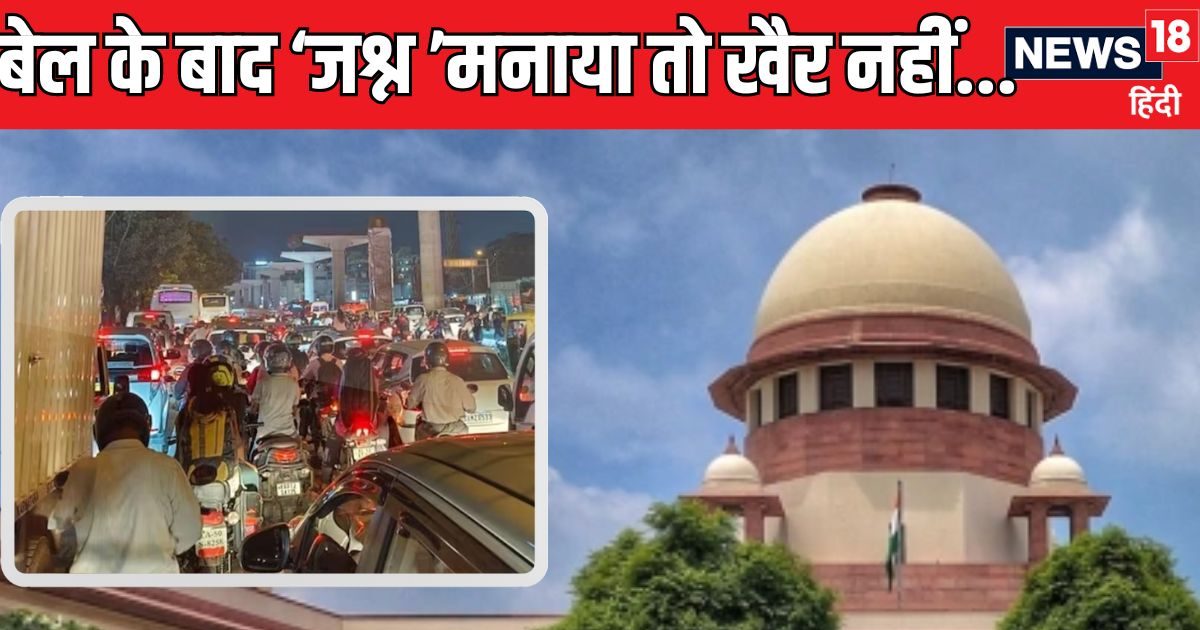The Optional Practical Training (OPT) programme, which allows international students with F-1 visas in the US, to work in their field of study for up to 12 months after graduation is very popular among Indians. In 2023-24, there were a record 97,556 Indian students on OPT, with the number having surged by 41% over the previous year, according to the Open Doors report on international educational exchange. For students of science, technology, engineering, and mathematics (STEM) fields, the programme offers a 24-month extension, allowing up to three years of work experience; making it a big pool of skilled Indian professionals in the US. But over the past few weeks, a section of the make America Great Again (MAGA) supporters of Republican President Elect Donald Trump, has attacked Indian professionals working in the US, on social media; and students on OPT, too, have not been spared.
At present, the uncertainty with the H-1B lottery system means that Indian students on F-1 visas, who have graduated from American universities, have no guarantee of their continued ability to work in the US. And now added to that are fears that immigration reforms by the incoming Trump administration could roll-back or restrict the OPT programme.
Though there is a massive gap in the number of H-1B applicants selected through the lottery and the registrations through the online system; at present, foreign students with a US master’s degree or higher get two bites at the apple – their registration is first put through the advanced degree lottery and then again through the regular lottery.
The STEM OPT also stands out for its extended work authorisation of up to 36 months, providing students with ample time to build professional experience without the immediate pressure of sponsorship. Unlike other visas, OPT allows students to transition directly from academia to work, making it easier to secure roles aligned with their expertise.
Further, following changes last year, students with degrees in certain STEM fields can apply for a 24-month extension of their post-completion OPT. This extension allows them an additional 60 days of unemployment, for a total of 150 days, for transitions and applications.
While the STEM OPT is, in fact, a useful tool for Indian students who graduate from US universities to remain in the US and work; multiple registrations by the same beneficiary have impacted OPT students who are trying to move from F-1 student status to H-1B work visa, by reducing their chances of being selected. “The STEM OPT grants students work authorisation for three years. This has been a very useful tool for students who graduate from US universities in STEM programmes, to remain in the US legally and acquire invaluable training in their field of study,” says Manjunath Gokare, an immigration lawyer based in Atlanta, Georgia. He adds that with the H-1B lottery now having become “beneficiary-centric”, which has reduced the number of multiple registrations for the same beneficiary, the selection rates have improved for all including international students.
But scams targeting the H-1B visa process have hit many beleaguered Indian students on STEM OPT. “Many have become victims to fraudulent practices such as fraudulent employers and fake jobs, consulting companies that run body shops, false promises of H-1B sponsorship and unclear OPT extension pathways from unscrupulous employers and fake attorneys,” says Poorvi Chothani, immigration lawyer and founder and managing partner of LawQuest, an immigration and employment law firm in Mumbai.
Indian students on OPT can, however, safeguard themselves against fraudulent practices if they work with verified employers. “By relying on career offices, alumni networks, and well-regarded platforms, they can avoid scams targeting H-1B applicants,” says Adarsh Khandelwal, co-founder and director of education consultancy Collegify.
And despite the recent anti-immigrant rhetoric targeting skilled workers and other road blocks, the number of Indian students choosing the US as a destination for higher education is unlikely to see any sizeable decrease, experts feel. “The US remains a global leader in industries like AI, robotics, and sustainability, central to Industry 4.0 and 5.0, and these fields actively seek skilled talent. The surge in Indian students on OPT in 2023-24 reflects the growing confidence in leveraging opportunities the US offers. Industry demand for innovation outweighs fleeting political discourse, ensuring Indian graduates remain a vital part of the American workforce,” says Khandelwal. He adds that students will continue to aspire for a job in the US even if it is only for the short period that is allowed for OPT. “The STEM extension particularly benefits those in high-demand sectors like data science, IoT, and biotechnology. This duration is invaluable for bridging the gap between academic knowledge and professional success in cutting-edge fields,” he says.
But the recent negative sentiments against foreign students and workers will most likely impact the number of students who can find OPT opportunities. Addressing the racist rhetoric against Indian professionals in the US, Chothani clarifies that OPT and STEM OPT are not work visas. “They are training opportunities while you are in student status. Students continue to remain in F-1 visa status, and both must be in conjunction with the university from where they graduated. Since these are not work visas, they are not subject to wage restrictions like H-1B visas are,” she says.
Chothani feels that the OPT programme could face changes because President Elect Trump has promised to limit foreign workers in specific sectors. “However, a complete overhaul is unlikely to be imminent without broader support from US Congress and courts. Any significant changes to OPT will be possible after a thorough review and overhaul of the laws and potentially lengthy legal battles,” she adds.




